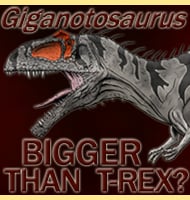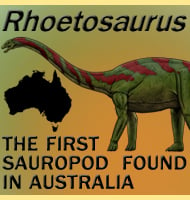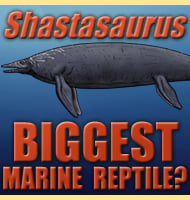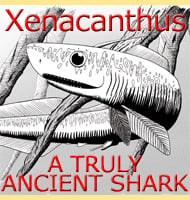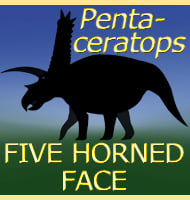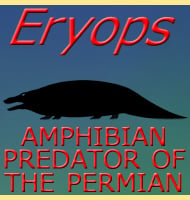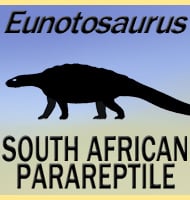In Depth
What would otherwise be an unassuming little fossil dinosaur, it is near impossible to talk about Sciurumimus without bringing up the subject of feathered dinosaurs. Exquisitely well preserved upon a slab, examination of the holotype specimen of a juvenile Sciurumimus under ultraviolet light revealed the presence of primitive protofeathers that would have covered the skin of the dinosaur in life. Not unusual in itself, but Sciurumimus has been identified as a megalosauroid (related to Megalosaurus), and not a member of the Coelurosauroidea, the group of theropods that normally contain the feathered varieties of the ‘lizard hipped’ saurischian dinosaurs. Add to this the discovery of feather-like growths on the opposite type of the dinosaurs, the ‘bird hipped’ ornithischians such as Psittacosaurus, then it is probable that the genetic markers for feather growth existed in dinosaurs all the way back to their early origins in the Triassic. How much further than this is hard to be certain, but hair-like growths called pycnofibres are known in pterosaurs (a group of flying reptiles separate from dinosaurs), and even mammals with their hair have their ancient origins in reptilian ancestors through the synapsid and therapsid lineage that began before the appearance of dinosaurs. The discovery and study of Sciurumimus is yet further proof that many dinosaurs were feathered, though this does not seem to be a hard and fast rule that can be applied to all dinosaurs since skin impressions of other genera show that they were not feathered. Another idea that is no longer valid is that all dinosaurs that were feathered were small like Sciurumimus, since the discoveries of the therizinosaur Beipiaosaurus and particularly the tyrannosaur Yutyrannus are proof that at least some of the larger dinosaurs were also feathered.
Further Reading
– Exceptionally preserved juvenile megalosauroid theropod dinosaur with filamentous integument from the Late Jurassic of Germany. - Oliver W. M. Rauhut, Christian Foth, Helmut Tischlinger, Mark A. Norell - 2012. – Two of a Feather: A Comparison of the Preserved Integument in the Juvenile Theropod Dinosaurs Sciurumimus and Juravenator from the Kimmeridgian Torleite Formation of Southern Germany, by, Christian Foth, Carolin haug, Joachim T. Haug, Helmut Tischlinger & Oliver W. M. Rauhut. – In, The Evolution of Feathers: From Their Origin to the Present, Fascinating Life Sciences, Cham: Springer International Publishing, pp. 79–101. – Christian Foth & Oliver W. M. Rauhut (eds.) – 2020.

